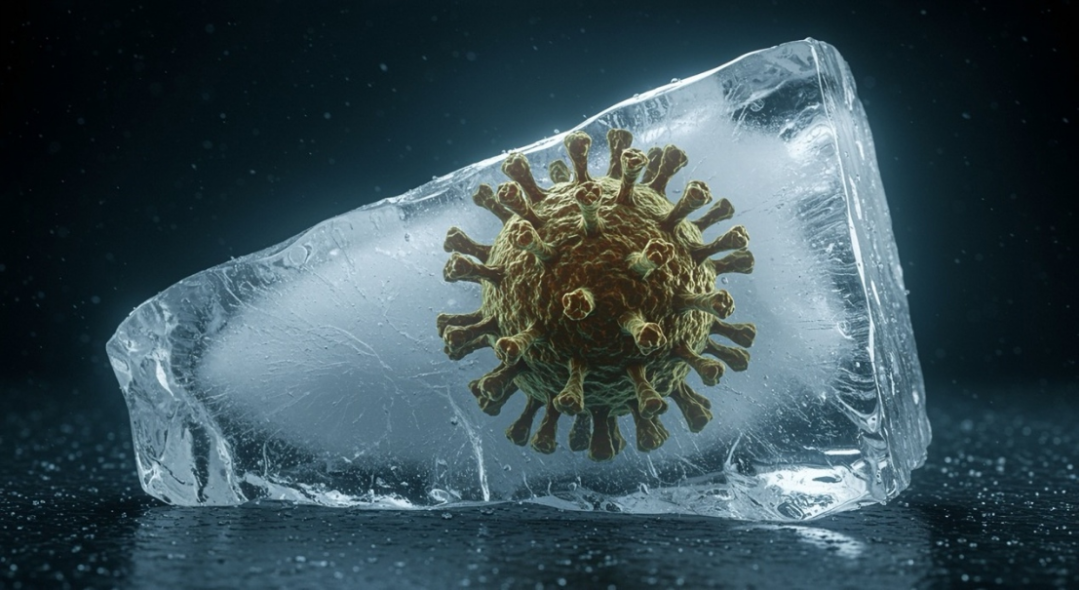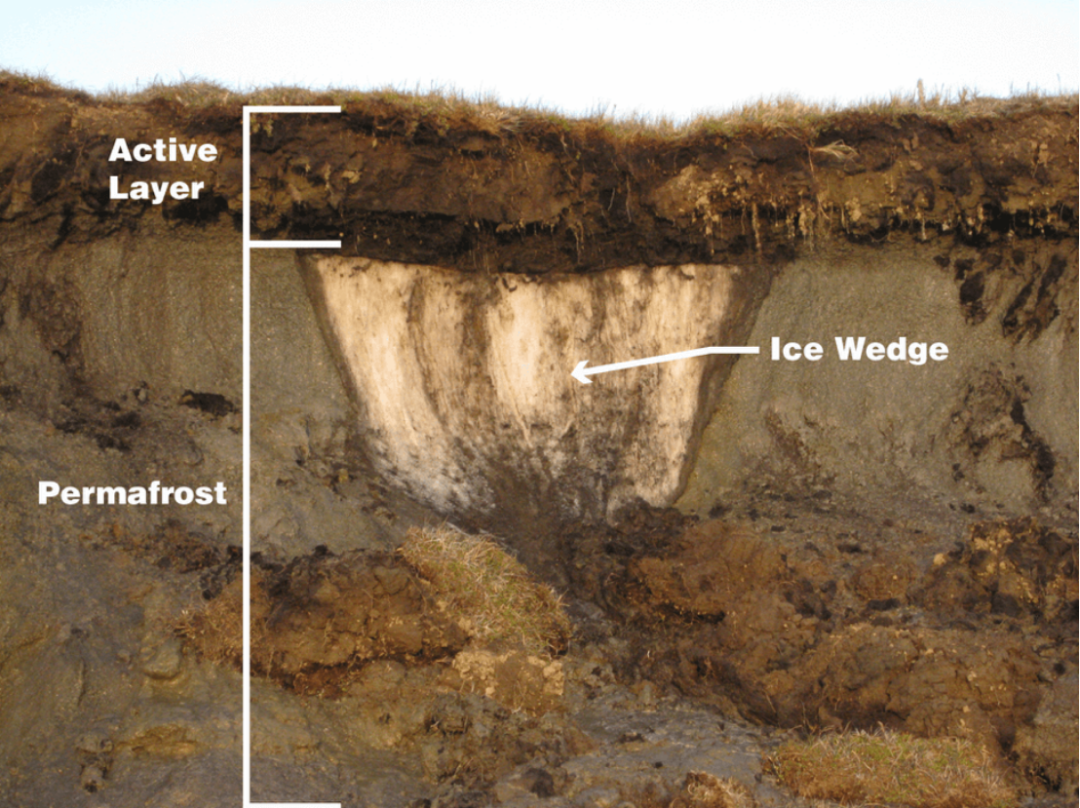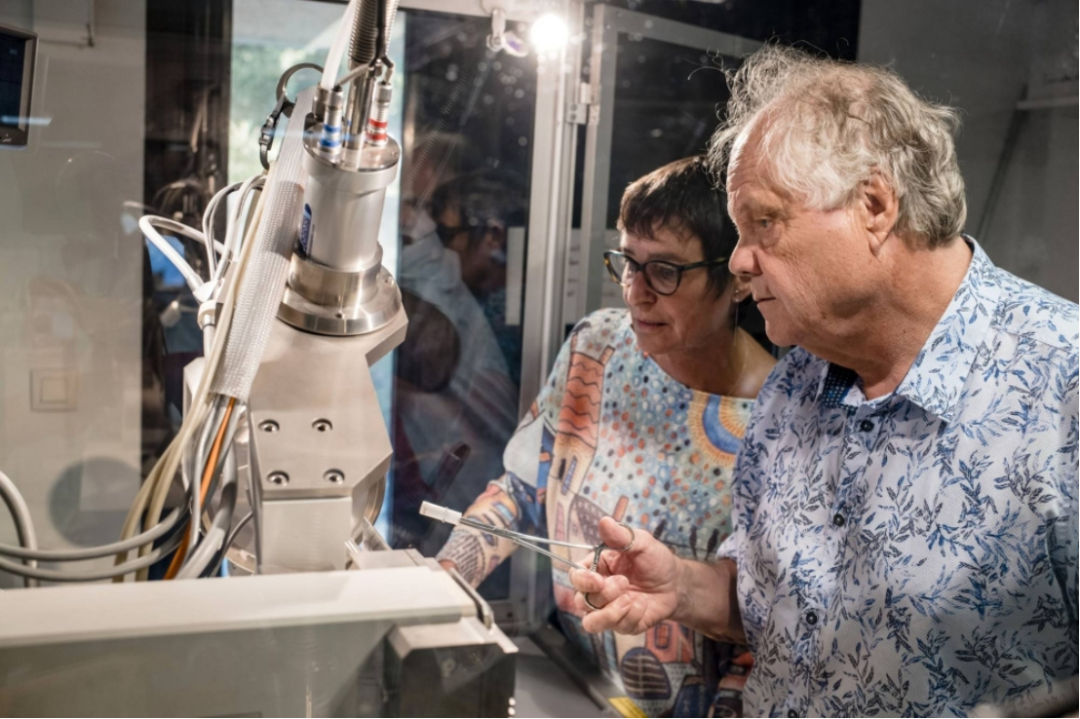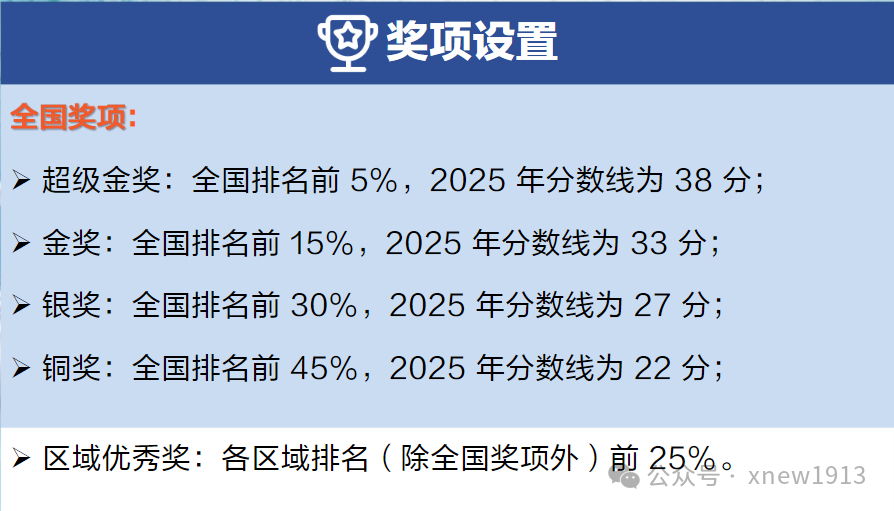WSC Weekly2025世界学者杯the World Scholar's Cup
@WSC小学者们!Jerry喊你来看WSC Weekly专栏啦!
2025年度主题:重燃未来Reigniting the Future全新主题火热上线,WSC Weekly专栏将精选最新话题内容助力小学者准备世界学者杯!
让我们怀着
永恒的学术精神与信念
探索未来的无限可能吧!
即日起锁定每周WSC Weekly
上期回顾&Quiz答案揭晓
在2025年世界学者杯第7期WSC Weekly栏目中,我们与小学者认识了全能的AI替身演员。在上期的趣味Quiz中,你是否找到了正确答案?现在就让我们一起来揭晓吧!
有了AI克隆替身,我们还需要演员吗?
How are AI clones revolutionizing the actor industry?
第7期Quiz答案揭晓:
Which of the following is NOT an advantage of AI-created digital clones of celebrities in ads? 以下哪项不是在广告中使用人工智能创建的数字克隆名人的优势?
A. Lower cost 成本更低
B. No need for hiring stand-ins 无需雇佣替身
C. Ability to speak different languages 能说不同语言
D. Less time needed for production 减少制作时间
E. Ability to avoid scheduling conflicts 能够避免档期冲突
正确答案:B
Key: B
2025年第8期
Weekly Intro
全球变暖、冰层融化,除了海平面上升,人类还面临着更大的威胁——病毒的复苏。数千年来,冻土保存着各种微生物,当这个“冰箱”失灵后,人类将面临什么?本期Weekly,让我们一起探索这场危机。
2025 No.8
气候变暖会让远古时期的病毒复活吗?
Could global warming awaken ancient viruses?
病毒复苏
随着北极升温速度达到全球平均水平的近四倍,气候变化带来的一项令人意外和不安的后果正从冰层之下悄然浮现:古老病毒复苏的可能性。这些沉睡数万年的微生物深埋于永久冻土层(permafrost)——这是覆盖了北半球五分之一地区的一种厚实、冰冻的土壤。而如今,随着冻土逐渐解冻,这些长期休眠的微生物正开始苏醒。尽管这一设想听起来更像是一部科幻电影的情节,但研究人员警告称,这种远古病原体复活的威胁是真实且具有潜在危险性的。
As the Arctic continues to warm at nearly four times the global average, one of the most unexpected and unsettling consequences of climate change is emerging from beneath the ice: the possible revival of ancient viruses. Buried for tens of thousands of years in the permafrost—a thick, frozen layer of soil that covers a fifth of the Northern Hemisphere—these long-dormant microbes are beginning to thaw. And while the idea may sound like the plot of a science fiction film, researchers warn that the threat of ancient pathogens reawakening is real and potentially dangerous.

冻土威胁
在一项开创性研究中,法国科学家让-米歇尔·克拉维里(Jean-Michel Claverie)及其团队成功复活了在西伯利亚永久冻土中封存近4.85万年的“僵尸病毒”。尽管这一特定病毒只会感染单细胞变形虫,但其在冰封数万年后依然具有传染性的事实,说明其他更具危害性的病毒也可能幸存下来。此前的研究已在保存良好的人类遗骸中发现天花病毒和1918年流感病毒的痕迹。而在2016年,西伯利亚爆发的一起炭疽病疫情就被认为与冻土解冻释放出死去驯鹿尸体中的孢子有关。随着气候继续变暖,此类事件的风险也将上升。
In a groundbreaking study, French scientist Jean-Michel Claverie and his team successfully revived a "zombie" virus that had been frozen in Siberian permafrost for nearly 48,500 years. Though this particular virus only infects single-celled amoebas, the fact that it remains infectious after so long suggests that other, more harmful viruses could also survive. Previous discoveries have already revealed traces of smallpox and the 1918 influenza virus in preserved human remains found in permafrost. In one notable case, a 2016 anthrax outbreak in Siberia was linked to permafrost thaw, which released spores from long-buried reindeer carcasses. As warming continues, the risk of similar incidents could rise.

微生物“冰箱”
永久冻土因其无氧、无光、持续低温的环境而非常适合保存有机物。数千年来,它不仅储存了病原体,还封存了放射性废料、有害化学物质(如DDT),甚至还有完整的动物木乃伊遗骸,如洞狮幼崽和披毛机构。然而随着全球气温攀升、北极地貌改变,更深更古老的冻土层正通过渐进解冻或突然的“塌陷滑坡”暴露于世。每一次解冻,不仅可能释放甲烷和二氧化碳,也可能释放出远古微生物生命,对现代生态系统与人类健康产生难以预测的影响。
Permafrost is uniquely suited to preserving organic material due to its oxygen-free, lightless, and consistently cold environment. Over millennia, it has stored not only pathogens but also radioactive waste, chemicals like DDT, and even entire mummified animal carcasses such as cave lion cubs and woolly rhinos. However, as global temperatures climb and the Arctic landscape transforms, deeper and older layers of permafrost are being exposed—either gradually or through sudden land collapses known as "slumps".Each thaw potentially unlocks more than just methane and carbon dioxide—it could also release ancient microbial life with unpredictable effects on modern ecosystems and human health.

科学家警告
真正的危险不仅在于这些微生物的“复活”,更在于人类对此的毫无防备。克拉弗里指出,大多数人把他的研究视作“科学趣闻”,而非严肃警告。但如果一个只感染变形虫的病毒都能存活近五万年,那么曾对人类或动物构成威胁的病毒在适当条件下复苏也并非不可能。尽管爆发“永久冻土大流行病”的可能性仍然很低,但研究者警告,随着工业扩张、旅游开发使北极人口日益稠密,相关风险将持续攀升。
The danger lies not only in the biological revival of these organisms but also in our lack of preparation for them. According to Claverie, most people view his research as a scientific curiosity rather than a legitimate warning. Yet if a harmless virus targeting amoebas can survive tens of thousands of years, it stands to reason that viruses once dangerous to humans or animals might also reawaken under the right conditions. While the probability of a "permafrost pandemic" remains low, researchers argue that the risk will grow as Arctic regions become more populated through industrial expansion, tourism, and development.
玛土撒拉微生物
美国国家航空航天局(NASA)喷气推进实验室的气候科学家金伯利·迈纳(Kimberley Miner)警告称,科学界对其中许多远古病毒几乎一无所知,它们与现代环境的互动方式充满不确定性。她将这些病毒称为“玛土撒拉微生物”(Methuselah microorganisms)(取自《圣经》中的长寿人物),意指其超长寿命可能会重新引入早已消失的生态机制。这些微生物的存在可能会改变土壤化学、干扰植物生长,甚至引发新的进化互动关系,加剧气候变化本就复杂的连锁效应。“我们完全不清楚这些微生物会如何影响现代环境,”迈纳表示,“这绝不是我们愿意开展的实验。”
Climate scientist Kimberley Miner of NASA's Jet Propulsion Laboratory cautions that many of these ancient viruses are completely unknown to science and could interact unpredictably with modern environments. She refers to such organisms as "Methuselah microorganisms"—microbes whose survival could reintroduce long-extinct ecological dynamics. Their presence might alter soil chemistry, disrupt plant life, or even spark new evolutionary interactions, compounding the already complex impacts of climate change. "We're really unclear as to how these microbes are going to interact with the modern environment," Miner says. "It's not really an experiment that I think any of us want to run."
微生物盲盒
虽然并非所有古老病毒都具有危险性,很多也许根本无法感染现代宿主,但这种科学上的不确定性本身就值得警惕采取预防措施——特别是通过应对气候变化阻止冻土进一步融化——才是避免微生物"开盲盒"的最有效方式。科学家将继续研究解冻冻土并监测其内容物,但最安全的未来,莫过于让这些远古威胁永远冰封于时光胶囊。
Though not every ancient virus will be dangerous, and many may be unable to infect modern hosts, the uncertainty itself is enough to merit concern. Preventative action—especially halting the further thawing of permafrost by addressing climate change—is the most effective way to avoid rolling the microbial dice. Scientists continue to study thawing permafrost and monitor its contents, but the safest future is one where these ancient threats remain frozen in time.
Weekly关键词 Key Words
►global warming 全球变暖
►permafrost 永久冻土层
►Methuselah microorganisms玛土撒拉微生物
所属话题
# Reliving It Up













